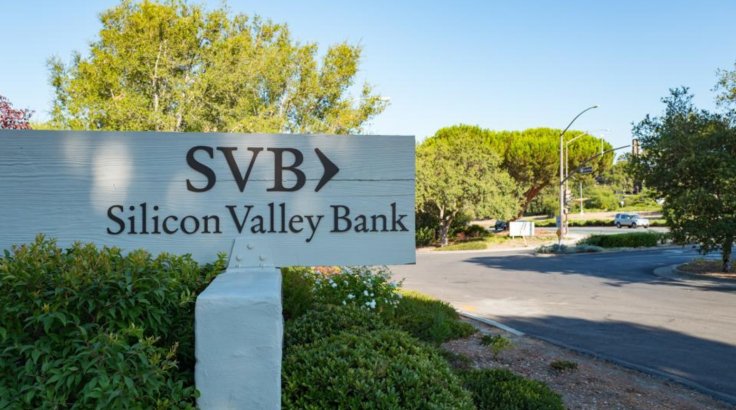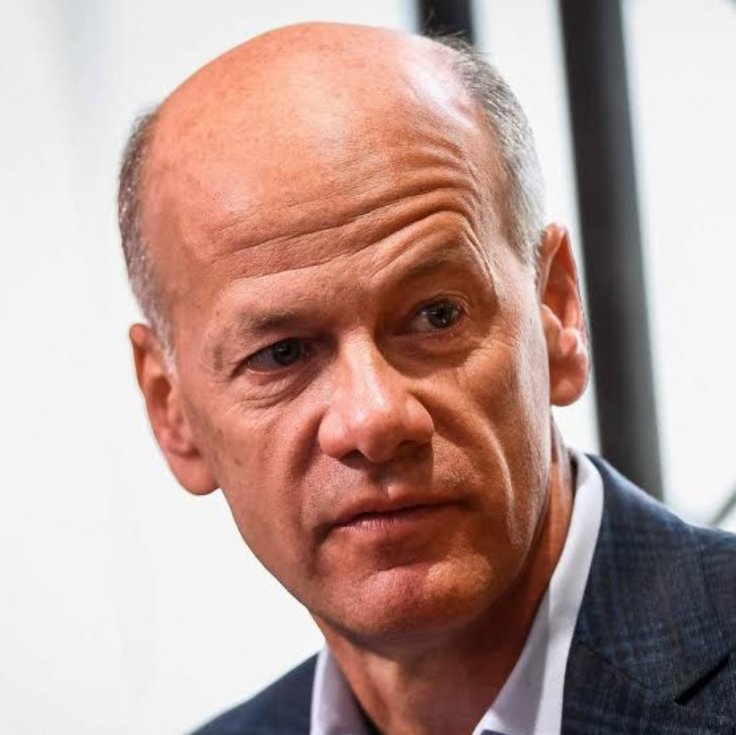The dramatic collapse of Silicon Valley Bank may have been triggered by a newsletter written by a Texas tech expert in the last week of February. Evan Armstrong, a tech writer, has drawn attention to a February 23 mail-out written by a fellow writer, Bryne Hobart, in the wake of the bank's abrupt demise.
The entire mess may have been started by [Hobart's] newsletter, claimed Armstrong, who then shared his own piece explaining how Hobart might have broken the first domino. Silicon Valley Bank failed spectacularly on Friday following a startling $42 billion in withdrawals attempts in one-day on Thursday. The collapse of SVB has wiped off over $100 billion from US banking market in a single day.
Newsletter's Domino Effect

Armstrong pointed out on Monday that Hobart's newsletter may have started the panic among investors who rushed to withdraw their money, according to a DailyMail.com report. "This entire debacle was potentially caused by [Hobart]'s newsletter," Armstrong wrote. He also shared his own post detailing how Hobart may have knocked over the first domino.
Armstrong said " Pretty much every VC [venture capitalist] I know reads this newsletter," implying that when venture capital executives grew suspicious of Silicon Valley Bank, their worries spread like a virus.

Hobart noted in his post from February that Silicon Valley Bank was "technically insolvent" in the fourth quarter of 2022 as it had a debt-to-asset ratio of 185 to 1 at that time.
"The tech world is more risk-averse than it used to be," Armstrong wrote, before describing SVB as "a bank that's still levered 185:1 on an asset base that includes, among other things, 'Premium wine'-backed loans in an amount almost equal to last quarter's marked-to-market equity."
SVB has a Premium Wine Division with its headquarters in Napa and was well recognized for its lending to the wine sector.
According to fourth-quarter disclosures from the previous year, 1.6 percent, or $1.16 billion, of its $74.3 billion loan portfolio was given to clients with high-end wineries and vineyards.
"After all, the signs of SVB's potential implosion were there last year. However, all it took was a few VCs to act on it before the whole thing spiraled out of control," Armstrong wrote on his blog.
Warning Before Collapse
Hobart is the author of The Diff, a newsletter with reportedly 50,000 paid readers. The Diff's website features endorsements of Hobart's observations from hedge fund managers and IT analysts.

"Byrne's work is truly the outcome of someone who thinks, and thinks differently and deeply," wrote one reader, the outlet reported. "He reads like an industrial vacuum and synthesizes like a minimoog," wrote another reader.
Investors panicked and hastily started withdrawing money from SVB on Friday, causing the bank's dramatic collapse—the second-largest collapse of an US bank—as they feared it would no longer be able to keep up with the Fed's rate hikes.
Hobart addressed the bank's huge liabilities in his blog, but he did not foresee an imminent collapse.
"It would take an absolutely titanic bank run to actually impair the company's liquidity, so a run is unlikely," he wrote.

Hobart did, however, foresee that even in the event of the bank's failure, precautions would be taken to ensure that people with bank deposits would not be harmed. "And even if the company did run into trouble, there are good political reasons to think that depositors wouldn't be harmed," he added.
Customers of SVB who wanted to withdraw money from the bank started waiting up outside of banks more than four hours before they opened after hearing about the problem.
Federal regulators indicated they were taking urgent action to guarantee that consumers will have access to all of their funds in order to allay their worries.
Silicon Valley Bank was founded in the 1980s, and it soon earned a reputation as a tech-savvy lender to fledgling computer businesses. It expanded over the next four decades, serving tech firms all around the world, to become the 16th largest bank in the US.

The bank's services became highly sought after as the industry expanded throughout the pandemic years, and its deposits increased as businesses used it to store cash for expanding payrolls, among other uses.
However, it started to lose money after making significant investments in US government bonds that were low-interest and mortgage-backed. These bonds lost value as the Fed began to raise interest rates last year, putting the bank's debt-to-asset ratio in jeopardy.
Last year, as Silicon Valley businesses suffered and attempted to withdraw cash from the bank, it struggled to keep up with withdrawals and was compelled to sell assets prematurely, incurring losses that alarmed investors.
SVB declared bankruptcy last week, and the government took control of it on Friday as a result of a deposit run and a collapse in stock price.








